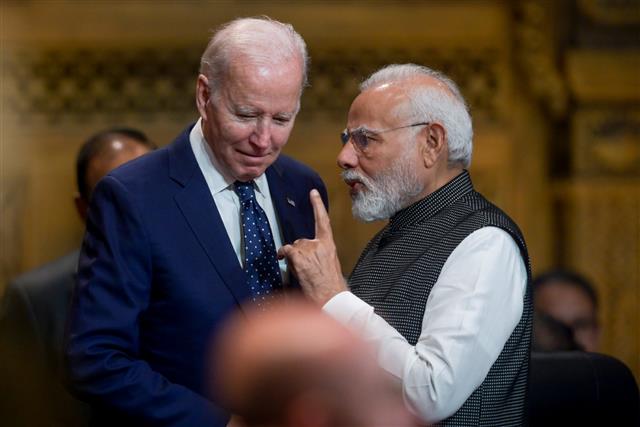FDI inflows into India have expanded dramatically in recent years, owing to global supply chain diversification and a number of incentive programmes targeted at luring investors. India is eager to boost its attractiveness even more by streamlining the investment process and removing red tape.
According to an unnamed Indian government official, an inter-ministerial conference was held a few days ago, with attendees hoping to streamline the investment process when determining why some incentive policies outperform or underperform others.
Over the last two years, India has announced 14 Production Linked Incentive (PLI) programmes to attract businesses to establish plants in India, including mobile phones, low-emission autos, battery cells, solar panels, and laptop computers. Nonetheless, some PLI plans, such as mobile phones, electronics components, and pharmaceuticals, were announced a year earlier than others and are ahead of other PLI programmes in terms of progress. Because of faster approvals, the PLI scheme for the food industry is moving quickly, whereas investment in speciality steel, another PLI scheme, takes time.
Furthermore, Bloomberg reported in October that India unveiled PM Gati Shakti, a US$1.2 trillion strategy intended at providing investors and businesses with a one-stop solution for project design, smooth clearances, and quicker cost estimation.

India is eager to exploit the opportunity while China is enforcing tough COVID laws and US-China technological tensions are causing global suppliers to diversify their production bases.
Despite FDI inflows dropping from US$64 billion in 2020 to US$45 billion in 2021, 108 new international project finance deals were announced in India in 2021, compared to 20 projects on average over the previous ten years, according to UNCTAD’s World Investment Report 2022.
Meanwhile, according to the World Bank’s Ease of Doing Business Ranking 2020, the most recent report available before the World Bank terminated it in 2021 owing to data inconsistencies, India, ranked 63rd, was one of the top 10 improvers, moving from 130 to 63 in just three years. Still, Anshuman Sinha, a partner at Kearney India, told Bloomberg that, aside from geopolitics, the only way for India to compete with China is to be cost competitive.
Also Read:








